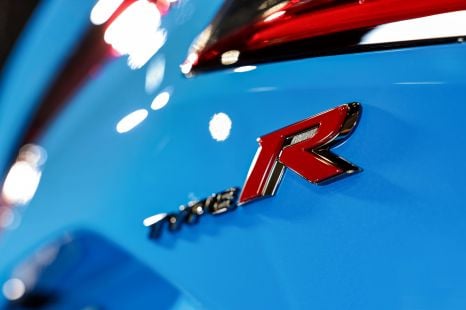

Damion Smy
Honda Prelude Type R ruled out... for now
6 Hours Ago

News Editor
Toyota has revealed a prettier Prius, but don’t expect it to come here
CarExpert understands the new fifth-generation Toyota Prius hybrid and plug-in hybrid won’t be offered in Australia following the discontinuation of the fourth-generation model earlier this year.
While that left Toyota Australia down a hybrid, it shortly thereafter introduced the new Corolla Cross hybrid that’s expected to sell in much greater numbers than the Prius.
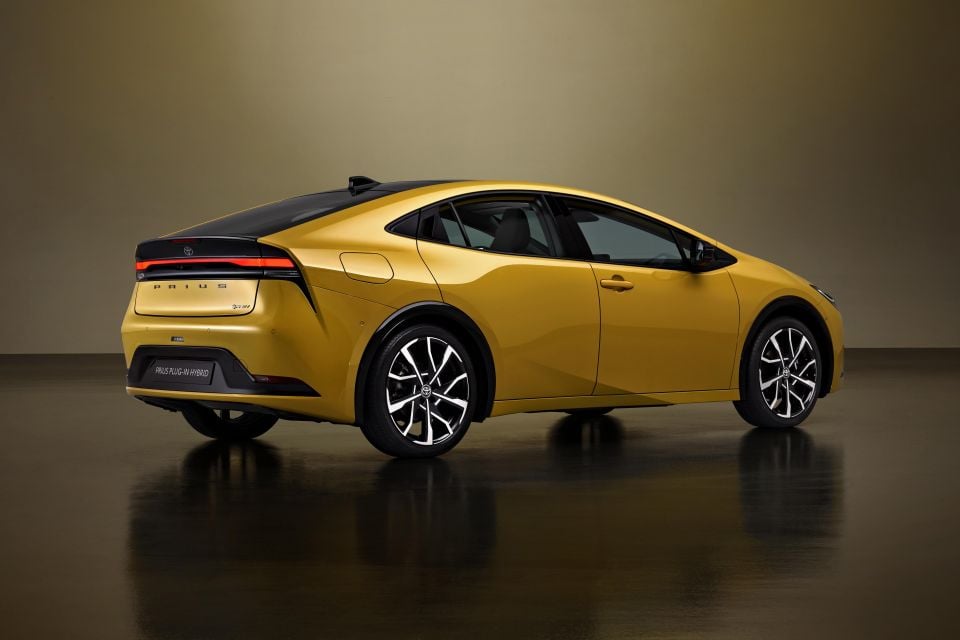
In markets like Japan, the new Prius launches before the end of this year in hybrid form, with the plug-in hybrid following next autumn.
The fussy details and odd angles of the old car have made way for a smoother, sleeker body that still retains a similar “monoform” silhouette to the past three generations of the hybrid hatch.
The so-called hammerhead shark front end gives the Prius a familial resemblance to the electric bZ4x, while the 19-inch alloy wheels and lower ride height give the hatch a sportier stance.
It’s also 22mm wider and features a 50mm longer wheelbase, while being 46mm shorter overall.
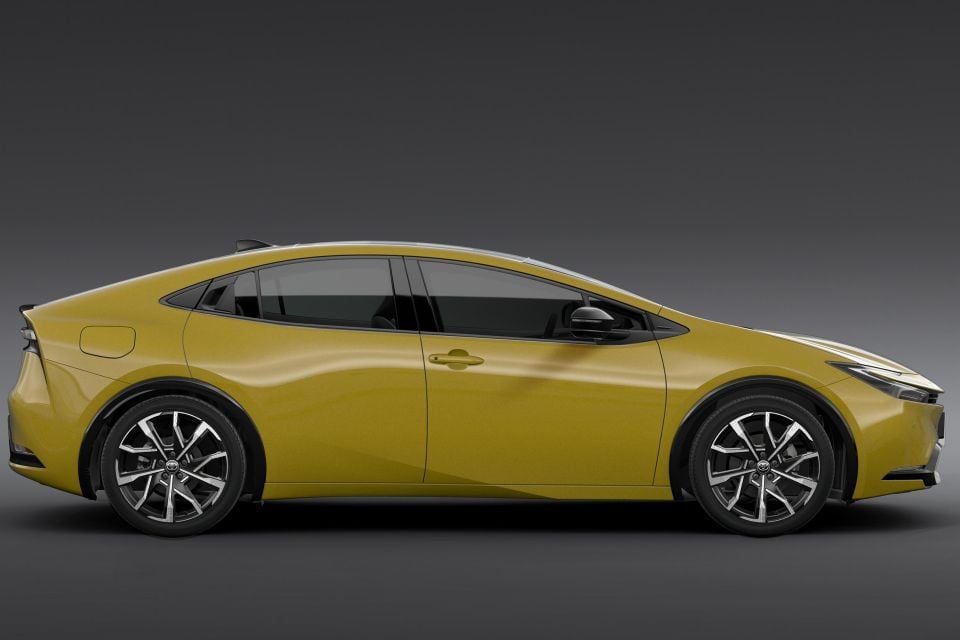
The sides are gently curved, but there’s some visual aggression in the shape of a sharp crease rising from below the front doors up to the rear wheel arches.
There’s a subtler, more elegant rear-end treatment, with a du jour full-width light bar.
Unlike the outgoing model, the plug-in hybrid doesn’t receive unique front- and rear-end styling, with only detail changes between it and the regular hybrid.

Inside, there’s an understated and more modern dashboard layout with a large touchscreen, minimalist centre stack, and a high-mounted 7.0-inch digital instrument cluster. Occupants sit lower for a sportier feel.
Ambient lighting also serves as a warning system, flashing if the vehicle detects an imminent collision.
Under the skin, the Prius rides a second-generation TNGA-C platform and Toyota says it has used additional reinforcement to increase body rigidity.
The suspension features MacPherson struts up front and a double-wishbone set-up at the rear.
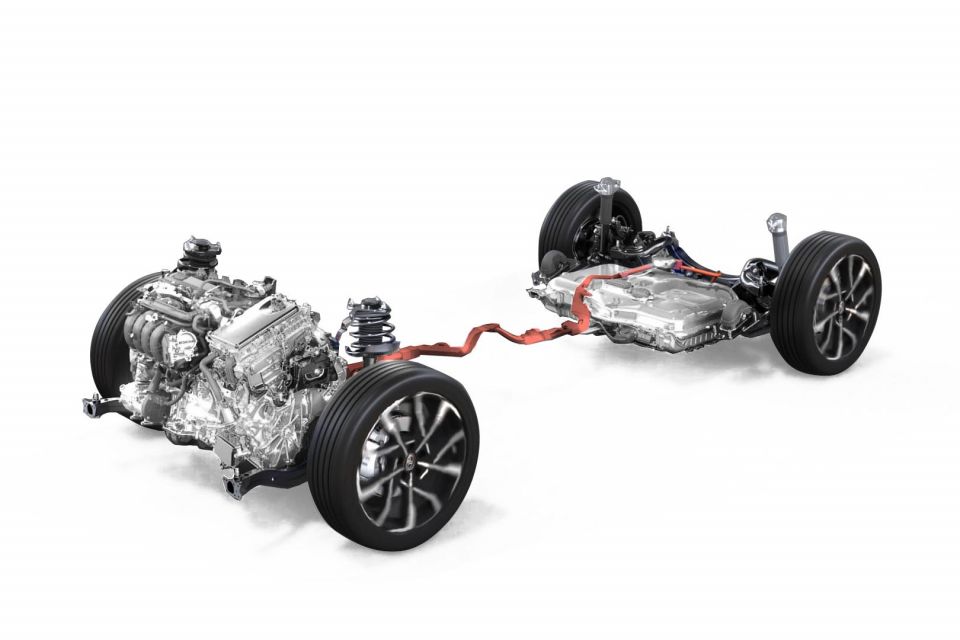
While the previous model offered a choice of 1.8-litre hybrid and plug-in hybrid four-cylinder powertrains, the new generation gains 2.0-litre hybrid and plug-in hybrid set-ups. A 1.8-litre hybrid will continue as a base powertrain in markets like Japan.
The plug-in hybrid option consequently sees a significant jump in power, with total system almost doubling from 90kW to 164kW and the 0-100km/h time slashed to 6.7 seconds.
Without releasing figures, Toyota says it has the same fuel efficiency as the old plug-in hybrid Prius and an electric driving range 50 per cent higher – that would put range at around 60km. It uses a new 13.6kWh lithium-ion battery.
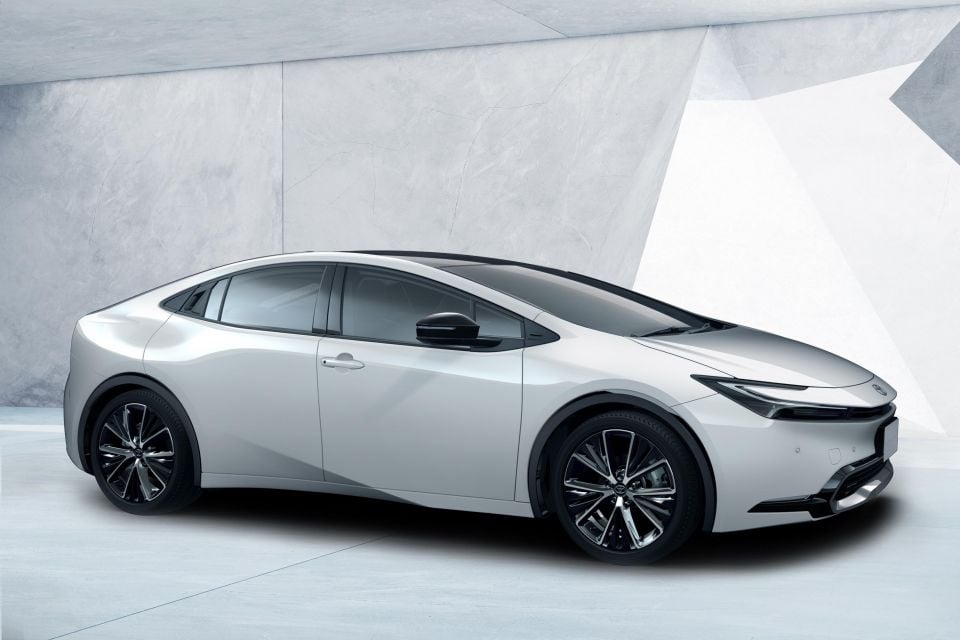
Toyota promises the plug-in hybrid system is also quieter than before. A new My Room Mode allows you to enjoy the air-conditioning and sound system while you’re charging, while the battery has been moved from the cargo area to under the rear seat to increase luggage space and lower the centre of gravity.
The new 2.0-litre series parallel hybrid is also claimed to maintain the same level of fuel efficiency as the outgoing Prius, which had an ADR combined cycle claim of 3.4L/100km.
It has a total system output of 144kW – essentially lineball with the 2.0-litre hybrid in the Corolla Cross, and well over the outgoing model’s 90kW 1.8-litre.
The Prius hybrid is also offered with the latest E-Four all-wheel drive system. While no all-wheel drive Prius models were sold here, this option was available in the outgoing model in other markets.
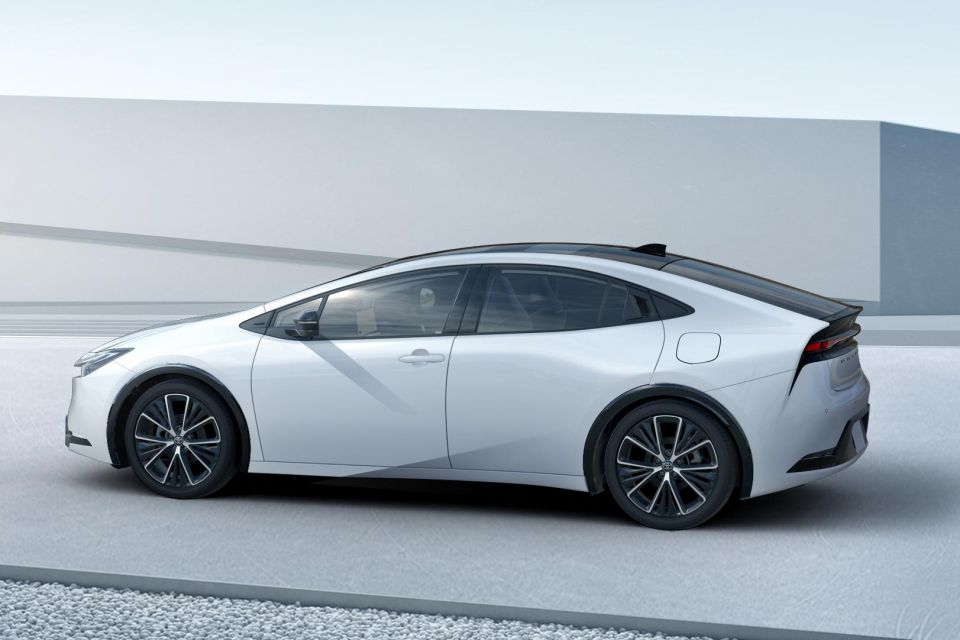
A second-generation solar charging system harnesses the sun’s rays to charge the drive battery, which in turn supplies electricity for functions like the air-conditioning.
Toyota has upgraded the Prius’ suite of active safety and driver assist features, with a wider range of detectable objects.
Other available features include a digital rear-view mirror, a remote parking system that allows you to control the Prius from outside the car using a smartphone app while it enters or exits a parking space, two 1500W accessory power outlets, an in-vehicle drive recorder, and a “fully opening” panoramic moonroof.

Toyota says that now that it offers hybrids across almost its entire model range, the Prius has reached a turning point and the development team decided to start from scratch to see what the model needed to remain popular for the next 25 years.
CEO Akio Toyoda initially suggested the Prius evolve into a “commodity” car – an inexpensive fleet vehicle or taxi, like a latter-day Crown Comfort, but retaining an efficient hybrid powertrain and designed to drive down emissions on a large scale.
Ultimately, it was decided the Prius would continue to be a more aspirational model aimed at private buyers.
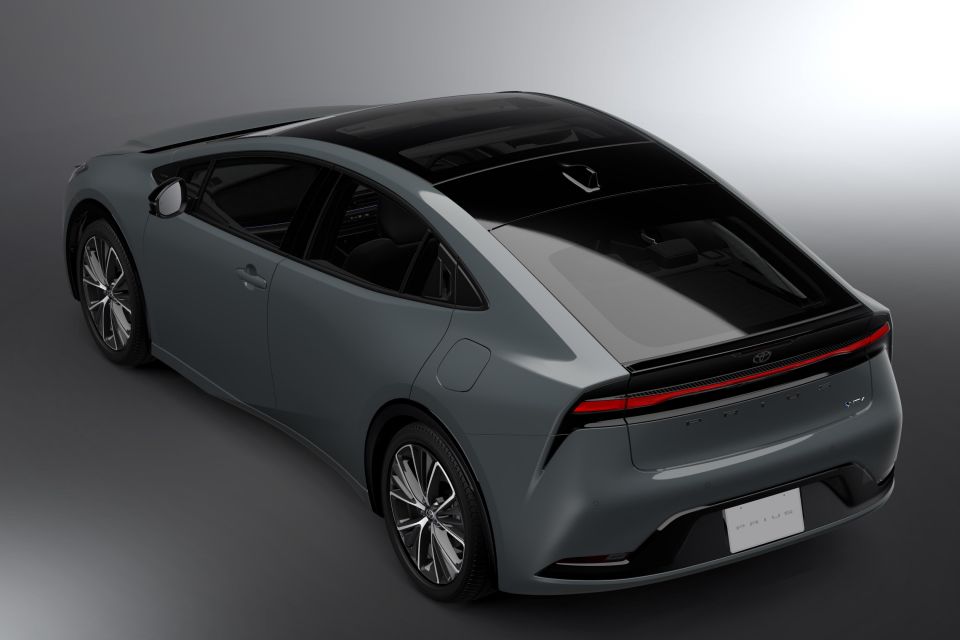
“For the Prius HEV to continue as the vehicle of choice for the coming generation, the new Prius needed more than its core strength as an environmentally friendly car,” says Toyota.
“Therefore, it was developed as an exhilarating package with stylish designs that users will fall in love with at first sight and captivating driving performance.”
Toyota has sold 5.05 million Prius’ since it entered production in 1997 but as hybrids have proliferated through the brand’s line-up, its sales have waned and its global footprint has shrunk.
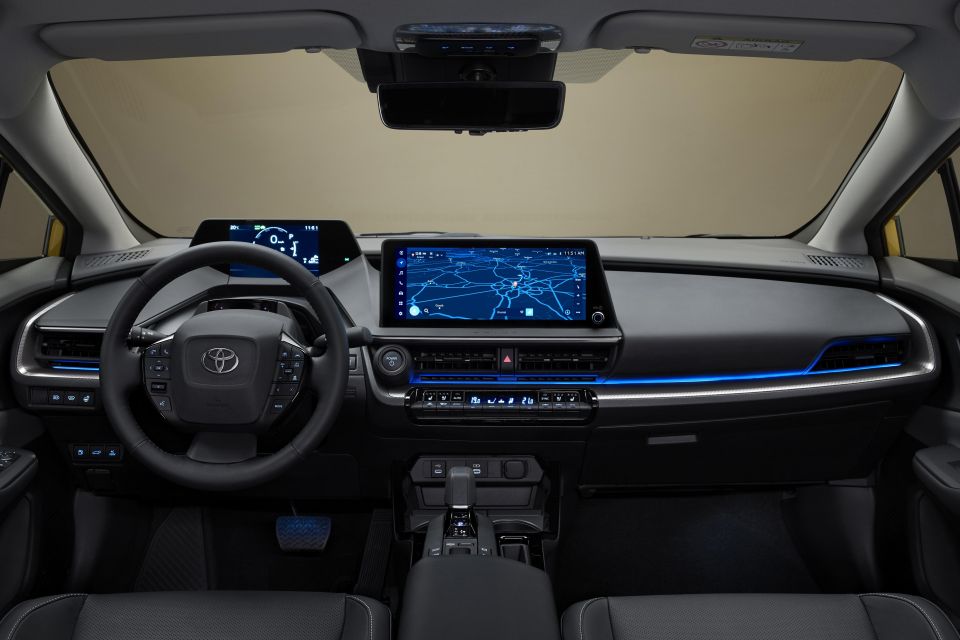
It was axed in China in 2016, while sales in markets like the US and Europe have declined during the fourth-generation’s run.
The first Prius was introduced here in October 2001, laying the foundation for Toyota’s current leadership in the petrol-electric market that saw a record 65,491 hybrid cars sold in 2021 – almost a third of its total, and close to half of all its SUVs and passenger cars.
Over the journey Toyota Australia has sold over 20,000 examples of the Prius across four generations, not including the Prius C (axed in 2020 to make way for the Yaris hybrid) and the Prius V (axed in 2021).
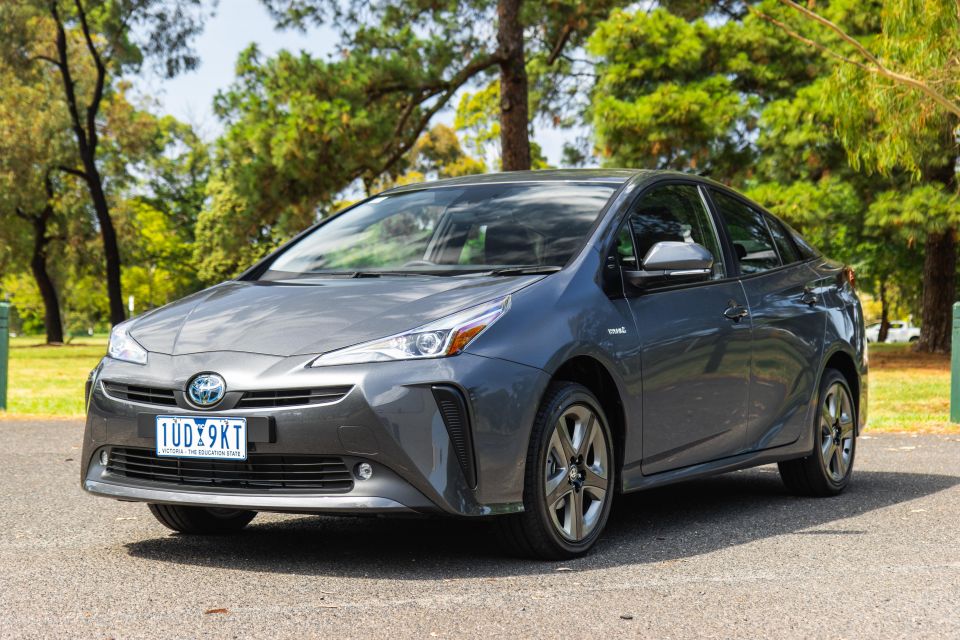
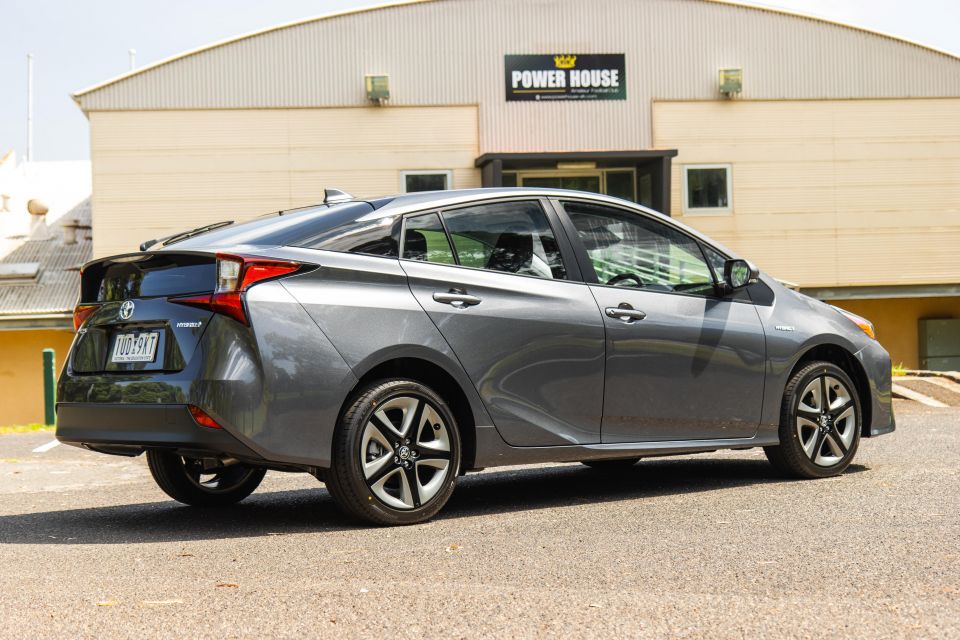
Toyota today sells hybrid versions of the Yaris, Yaris Cross, Corolla, Corolla Cross, C-HR, RAV4, Camry, and Kluger.
In 2021, a claimed 72 per cent of RAV4s sold were hybrid, as were 84 per cent of Camrys, 51 per cent of Corollas, 65 per cent of Yaris Cross’, and 53 per cent of Klugers.
Yet with all these mainstream models doing so well, there’s been little interest in the quirky and expensive Prius for years now. Sales totalled just 77 units last year and 95 in 2020, making it Toyota Australia’s least-popular vehicle – excluding the fleet-only Mirai hydrogen FCEV.
MORE: Everything Toyota Prius MORE: Toyota Prius: A look back, as it’s retired from Australia
Where expert car reviews meet expert car buying – CarExpert gives you trusted advice, personalised service and real savings on your next new car.
William Stopford is an automotive journalist with a passion for mainstream cars, automotive history and overseas auto markets.


Damion Smy
6 Hours Ago


Damion Smy
9 Hours Ago


Damion Smy
10 Hours Ago


Matt Robinson
13 Hours Ago


Damion Smy
13 Hours Ago


Damion Smy
1 Day Ago